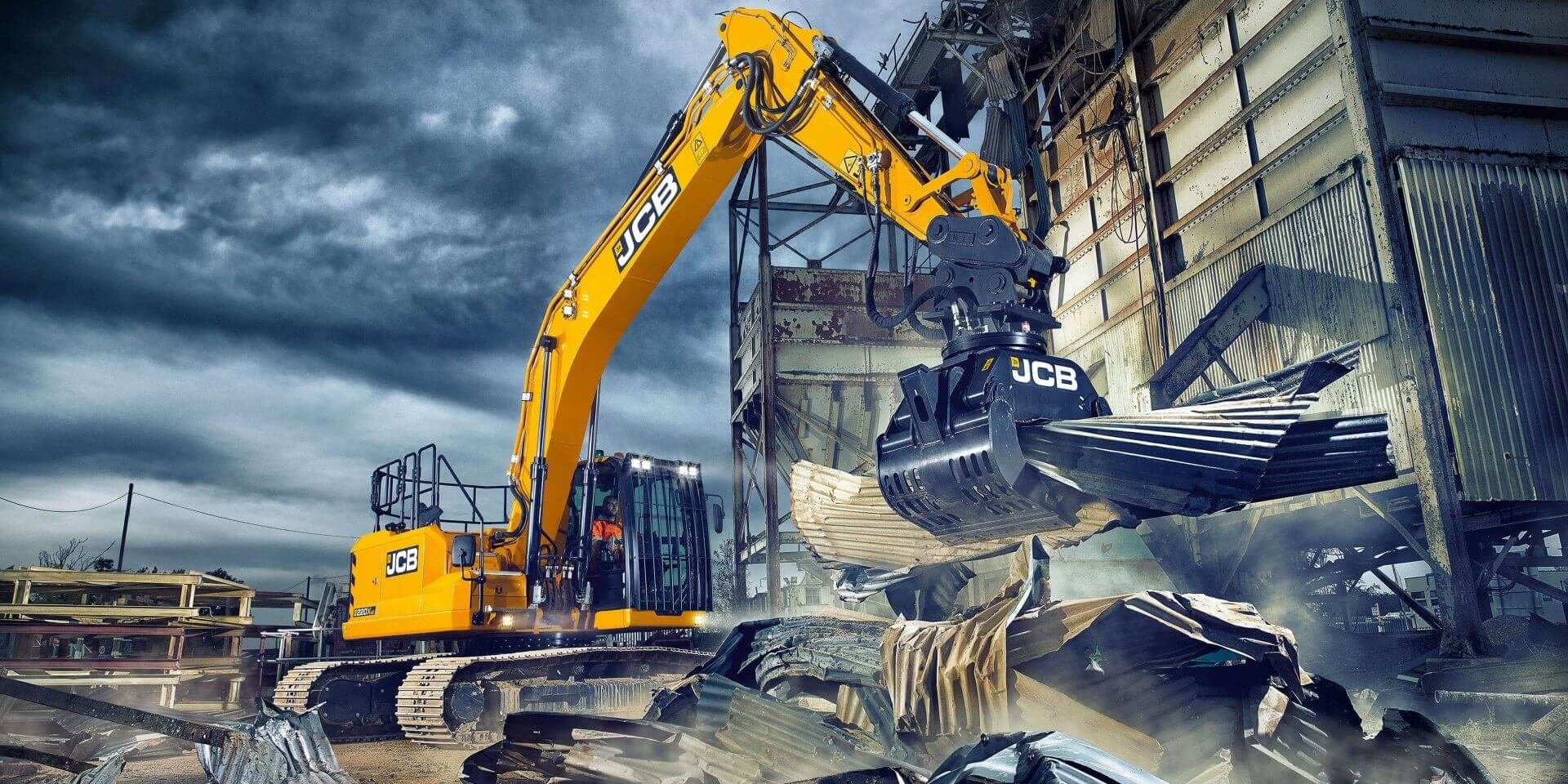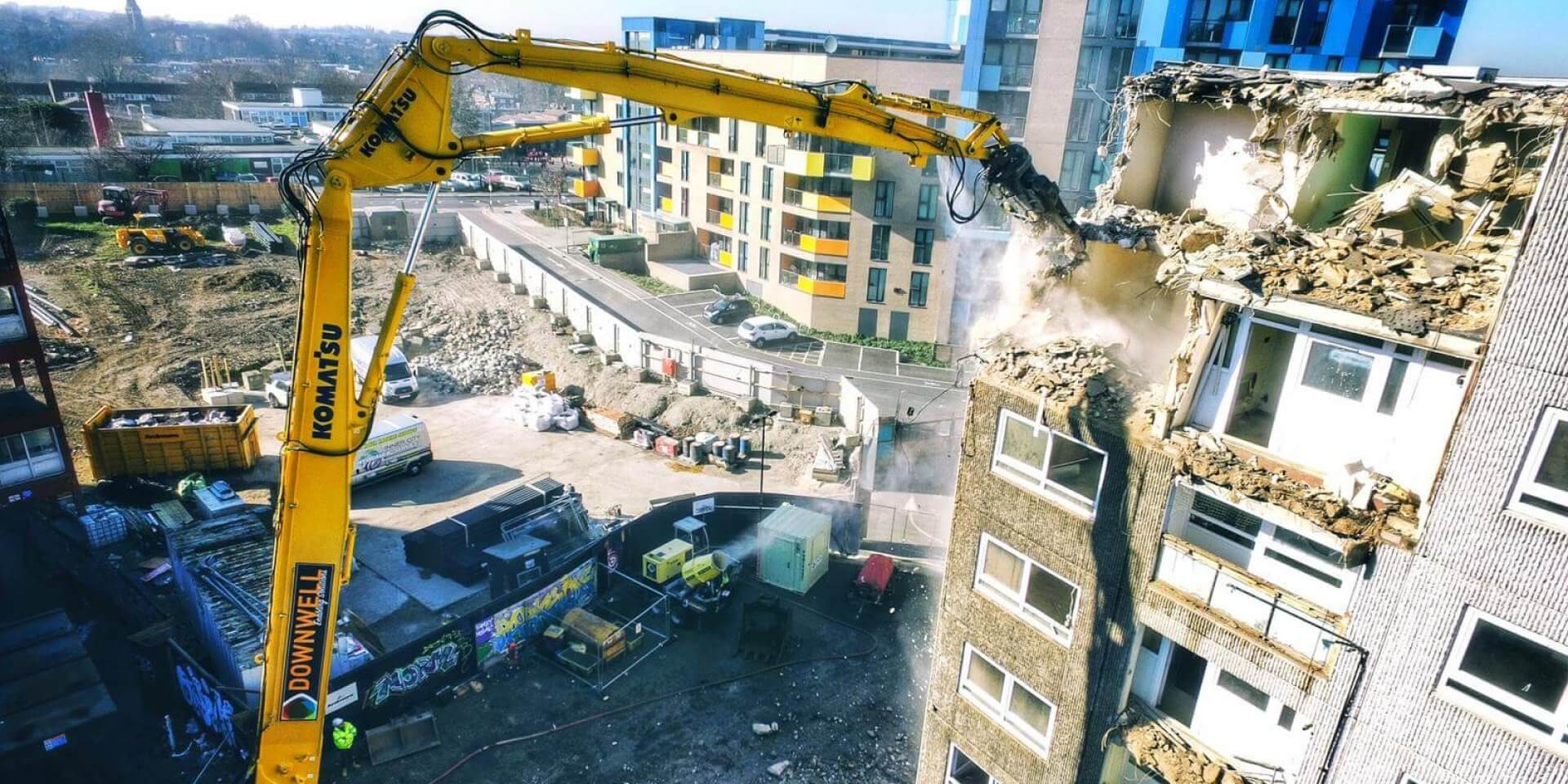
During a previous visit to the Volvo Construction Equipment headquarters in Eskilstuna, Sweden, I visited the nearby Munktell Museum where they have a collection of vintage construction and agricultural equipment.
One machine I remember vividly was an early ADT, probably from the 1960s. I sat in it. The seat was basically a plank of wood, and the steering wheel looked like it had been salvaged from an early steam ship. Worse still, the engine was located right behind the operator’s head. If the fumes didn’t get you, the noise definitely would.
Mind you, at least it had a cab. Early dozers were open to the elements – If it was hot, the operator baked. If it rained, the operator was wet.
Even the early mini excavators that made landfall in the UK in the 1980s arrived with canopies. If the rain fell straight down, you were protected. If there was even a slight breeze, you were soaked.
Since the earliest days of mechanised plant and equipment, operators have sat behind the levers of machines that were often rudimentary, offering little more than a basic platform to get the job done.
But as the industry evolved, so too did the machines.
This article continues on Demolition Insider. Please use the link below to access this article FOR FREE.





